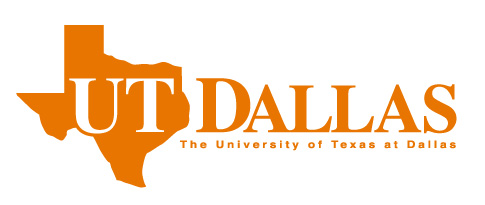




The safety and well-being of all conference participants is our priority. After evaluating the current COVID-19 situation, the decision has been made to transform the in-person component of ICDE 2020 into an all-digital conference experience – ICDE 2020 will now be an online event. Therefore, ICDE 2020 will no longer take place in Dallas, Texas and will instead take place virtually. The conference will not be postponed as previously communicated and the dates remain the same – 20-24 April. Proceedings will not be cancelled, and publications will continue as planned.
Every accepted paper must have one author registration. The registration fee has been reduced to $300. Refunds, if any, will be made automatically to the card used for payment no later than 2 weeks after the conference ends. There is no need to send an additional inquiry email.
Registration is Sold Out/Closed for ICDE 2020.